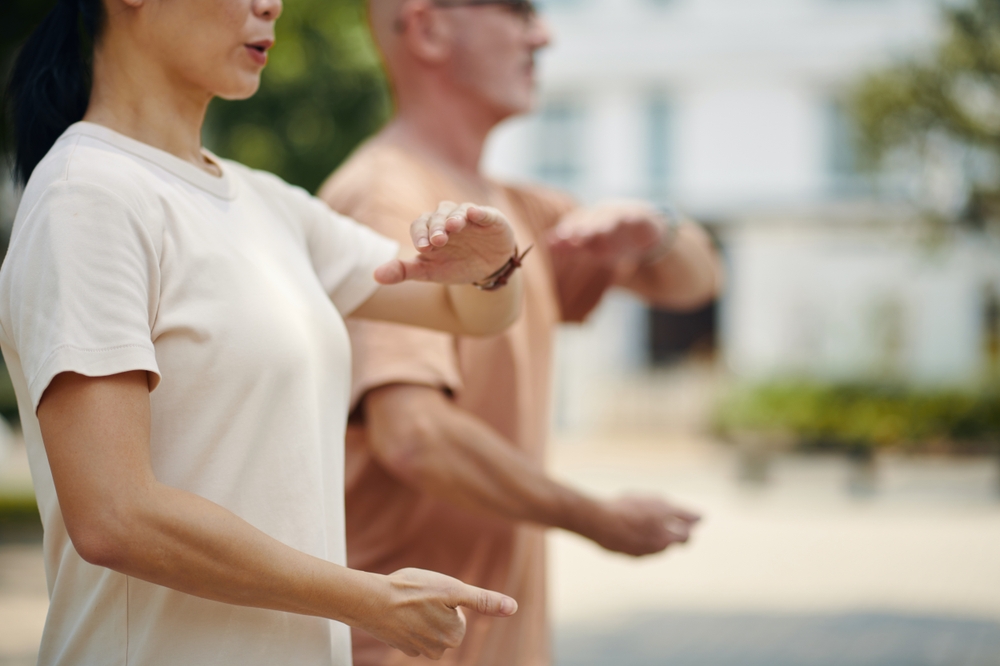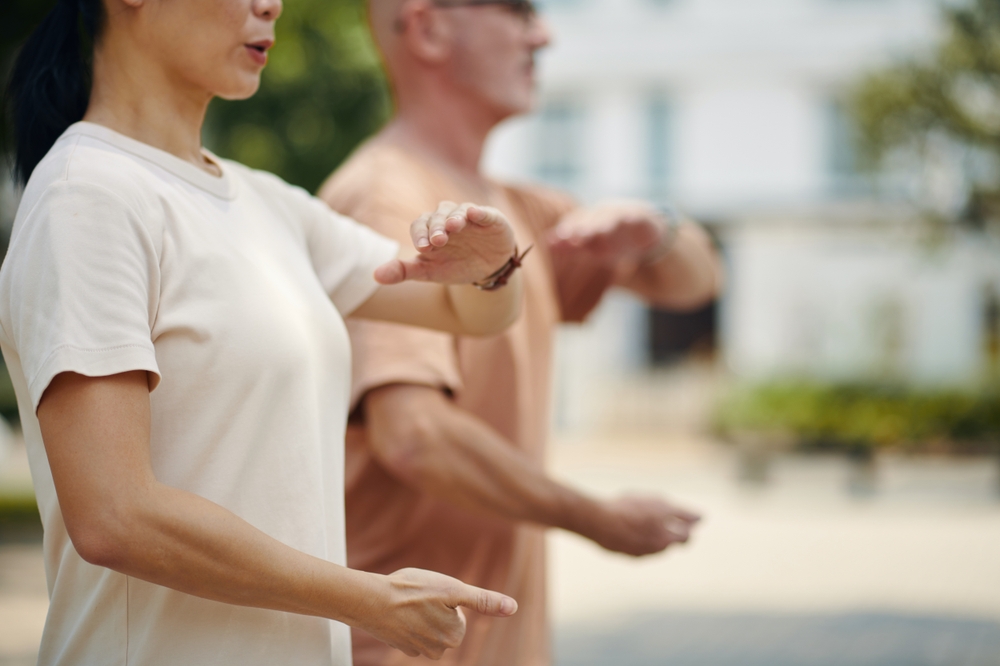The Revival of Ancient Wellness Rituals in Modern Beauty and Fitness
The contemporary wellness industry, although imbued with cutting-edge technology and innovative products, often draws from the wisdom of the ages. In recent years, there has been a resurgence of ancient wellness rituals in modern beauty and fitness regimes. This article delves into this trend, its historical backdrop, key developments, and current relevance in the market.

A Historical Context
Long before the advent of modern medicine and cosmetic industry, our ancestors relied on nature and traditional rituals for health and beauty. From the Ayurvedic principles of India, traditional Chinese Medicine, to the hammams of the Middle East, these ancient rituals were a holistic approach to wellness, integrating the mind, body, and spirit.
The Revival and Transformation
The 21st century has witnessed a revival of these ancient wellness rituals. Modern consumers are increasingly embracing these age-old practices, albeit with a contemporary twist. Spa and wellness centres worldwide are incorporating treatments like Ayurvedic massage, acupuncture, and herbal medicine into their offerings. Similarly, the beauty industry is brimming with products inspired by these traditional practices, such as turmeric-infused skincare lines or matcha-based hair care products.
Current Trends and Expert Analysis
The current resurgence of ancient wellness rituals in beauty and fitness can be attributed to several factors. Firstly, as consumers become more health-conscious, there’s a growing interest in natural and holistic approaches to wellness. Secondly, the globalisation and digitalisation of information have made these once regional practices accessible to a worldwide audience.
Renowned wellness expert, Dr. Andrew Weil, affirms this trend. “People are seeking authenticity and connection in their wellness practices”, he says, “They’re drawn to traditions with a rich history and proven efficacy”.
The Impact of Traditional Practices on The Market
The adoption of ancient wellness rituals in modern beauty and fitness has significantly impacted the market. It has led to the creation of new product categories, expanded the services offered by wellness centres, and introduced unique marketing opportunities. For instance, the global Ayurvedic market is projected to reach $14.9 billion by 2026, reflecting the growing consumer interest.
Evidence-Based Benefits
While these practices are ancient, their benefits are backed by modern science. For example, Ayurveda promotes the use of turmeric, a spice known for its anti-inflammatory and antioxidant properties. Recent studies confirm these benefits, adding credibility to the practice. Similarly, acupuncture, a key component of traditional Chinese Medicine, is now recognized by the World Health Organisation as an effective treatment for various conditions.
Conclusion
The revival of ancient wellness rituals in modern beauty and fitness is more than just a trend. It’s a testament to the enduring wisdom of our ancestors, adapted to the needs of the modern consumer. As the wellness industry continues to evolve, we can expect these age-old practices to remain an integral part of our quest for health and beauty.
As we move forward, it’s essential to approach these practices with respect and understanding, honouring their cultural origins, and ensuring their sustainable use. In doing so, we can truly harness the power of the past to enhance our wellbeing in the present.




